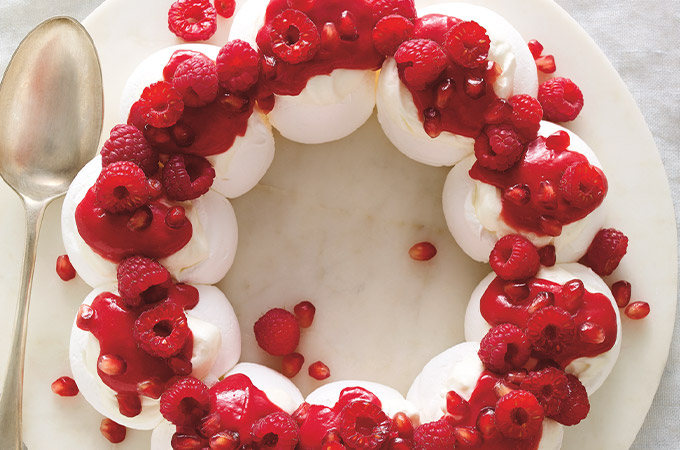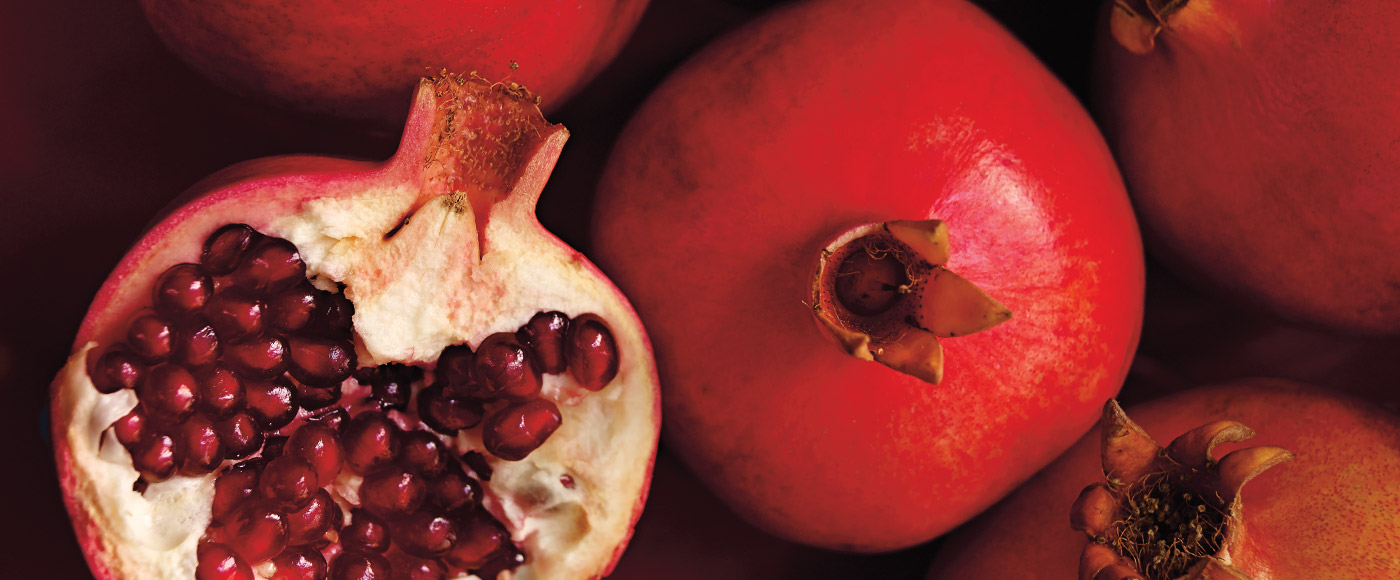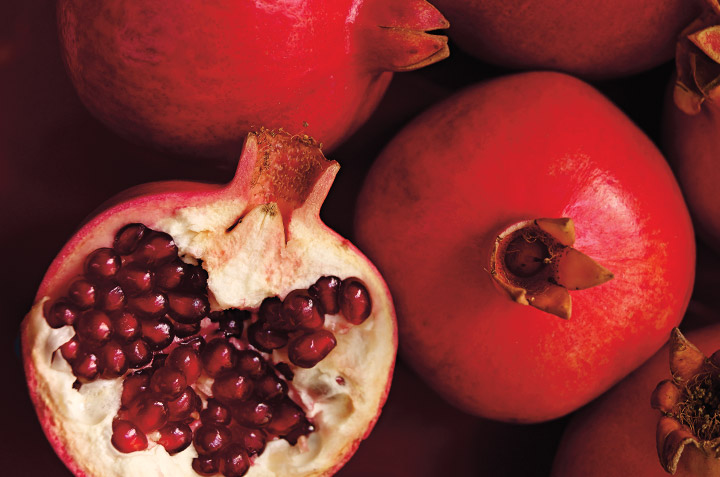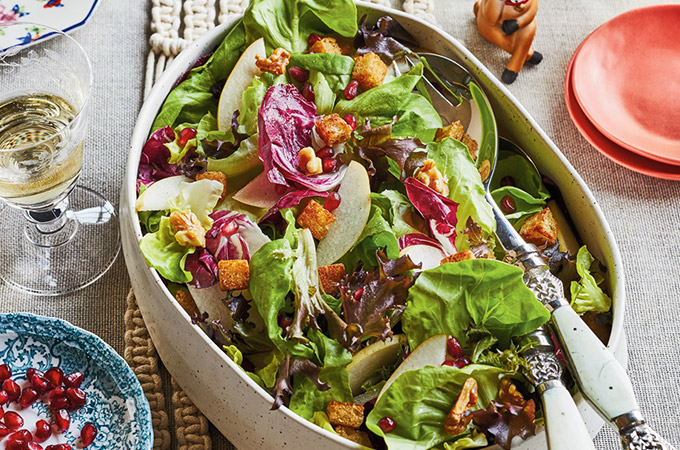1. Sweet and sour
The seeds have a tangy taste similar to cranberry, but sweeter. You can eat them with your hands or with a spoon, and they go wonderfully with green salads or fruit salads. As a finishing touch to meat or poultry dishes, rice or vegetarian curries, they provide a nice ruby-red contrast.
2. Choose carefully
The season is in full swing from September to January. The only variety sold in North America is the red Wonderful. The pomegranates you find in grocery stores are already ripe and ready to eat. Choose ones that feel heavy—a sign that they’re full of juice.
3. Ready to explode!
Extremely ripe fruit left on the tree will eventually explode, allowing hundreds of seeds to fall to the ground. This is why the pomegranate’s name is tied to the explosive device, and also why this fruit is associated with fertility.
4. Easy open
Opening a pomegranate can be difficult, but not if you do it in water. Begin by making a slight incision across the skin and pry open the fruit with your fingers. Immerse the fruit in a large bowl of water. Using your thumbs, release the seeds— they’ll sink to the bottom of the bowl, while the white membranes will float to the surface. Remove the unwanted membranes with a skimmer and strain the water.
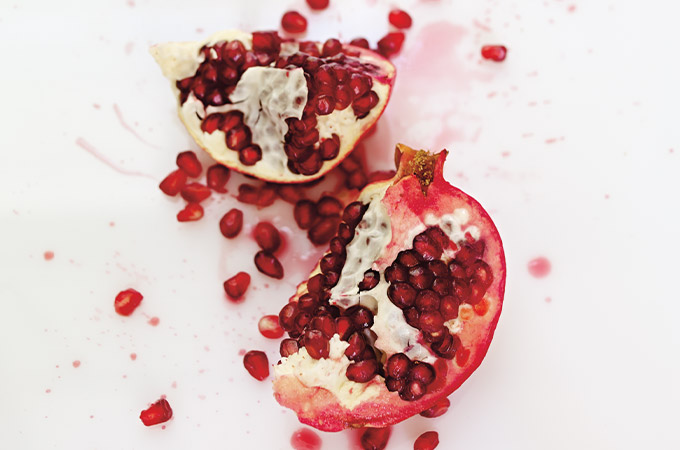
Video
Pomegranate How-To
5. Tropical beauty
A medium-sized pomegranate gives between 1 and 2 cups (250 to 500 ml) of seeds. A half-cup (125 ml) serving equals one serving of fruit.
6. Grenadine syrup
The real deal is made from pomegranates. Commercial grenadine is often a substitute made from sugar, flavouring and colouring.
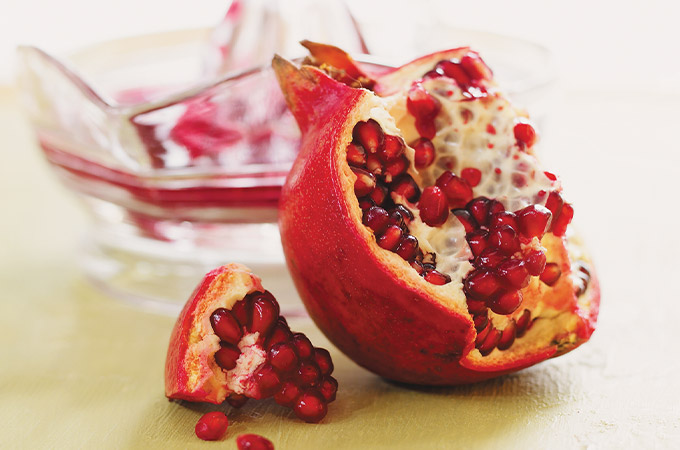
Non-alcoholic drinks
and mocktails
Grenadine Syrup
7. Little-known tip
Whole fruit will keep in the refrigerator for several months, but only four or five days once it’s been seeded. You can also freeze it. Put the seeds in the freezer on a tray. Once they’re frozen, store them in an airtight container—they’ll be good all year long.
8. Rich in antioxidants
One of the pomegranate’s main attributes, aside from the fact that pomegranate juice is one of Oprah Winfrey’s favourite ingredients, is its exceptionally high levels of various antioxidants. These antioxidants help to slow the premature aging of cells and prevent cardiovascular disease and certain cancers.
9. Pomegranate molasses
Pomegranate concentrate is referred to as molasses due to its thick consistency and dark colour. It’s very popular in Iran and Lebanon. This molasses can stand in for balsamic vinegar or grape must. It’s sold in small bottles in fine grocery stores and in Middle Eastern and Indian grocery stores.
10. Freshly squeezed
To extract the juice, treat the pomegranate like a grapefruit, cutting the fruit in half and placing it on a juicer. If you have an electric juicer, don’t press down too hard on the pomegranate, otherwise the whitish membrane will give the juice a bitter taste. Filter if necessary through a sieve. Careful, it stains!
For more recipe ideas:
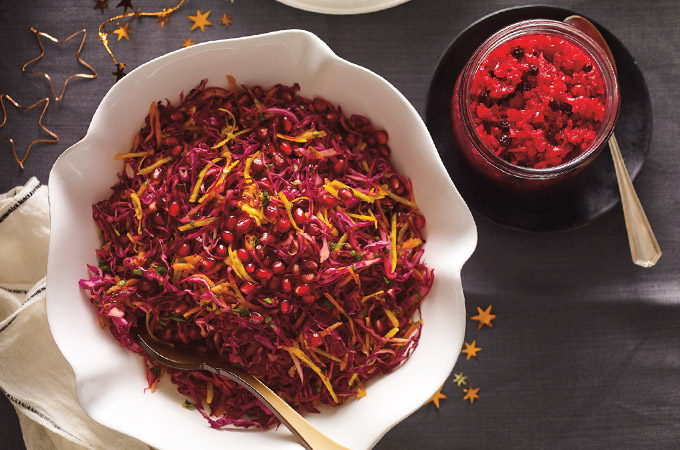

Jam and sweet spreads
Pomegranate Jelly
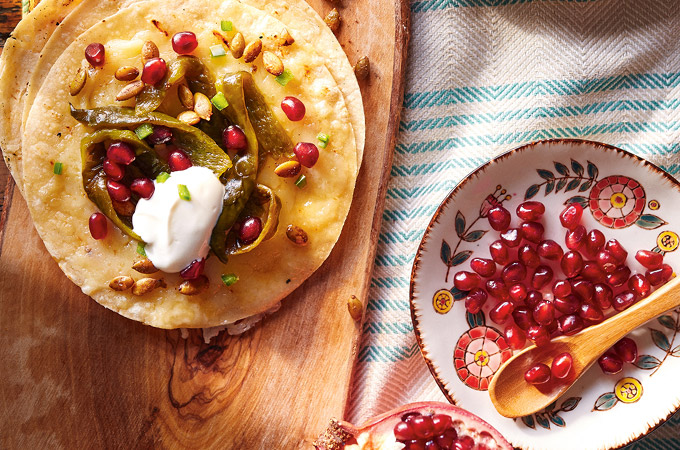
Vegetarian
Veggie Tacos with
Melty Cheese
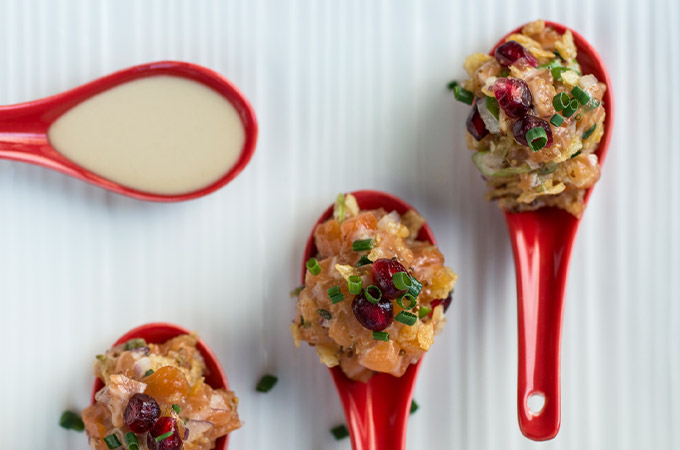

Candies, chocolates and Sweets
Pomegranate Bark
